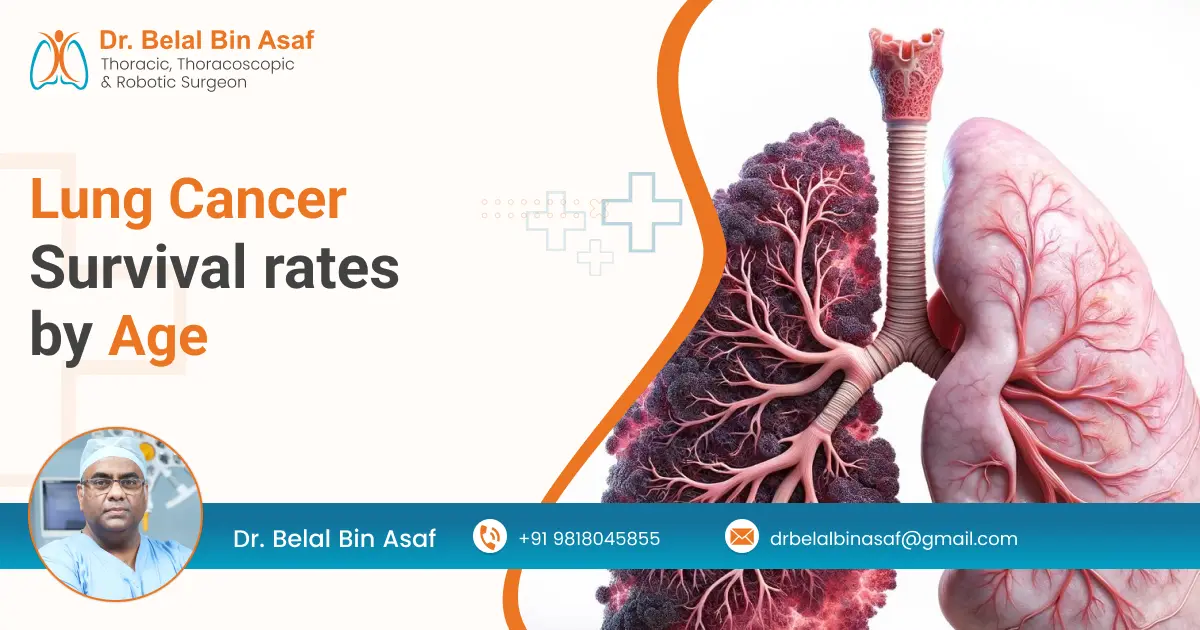Lung cancer is one of the most commonly diagnosed cancers worldwide and remains a leading cause of cancer-related deaths. However, advancements in diagnosis and treatment have steadily improved survival rates—especially when the disease is caught early. One of the most important factors influencing survival is age at diagnosis, but it is far from the only one. Stage, type of lung cancer, overall health, and even genetic mutations all play a role in shaping a patient’s prognosis.
In this article, we’ll explore how lung cancer survival rates vary by age, the reasons behind those differences, and what other factors come into play when determining a patient’s outlook.
Contents
How Age Impacts Lung Cancer Survival
Age plays a significant role in lung cancer outcomes. Younger patients generally have higher survival rates, particularly when the cancer is diagnosed at an early stage. This is largely due to better overall health, fewer comorbid conditions, and often a greater ability to tolerate aggressive treatments such as surgery, chemotherapy, and radiation.
Here’s a closer look at survival rates across different age groups and cancer stages.













 +91-9818045855
+91-9818045855
